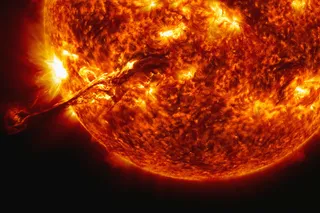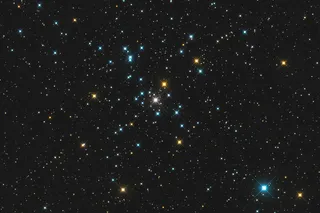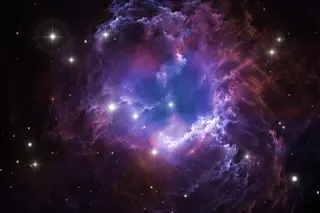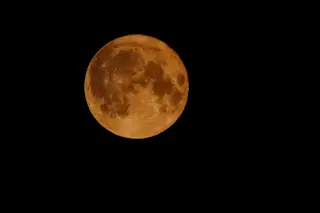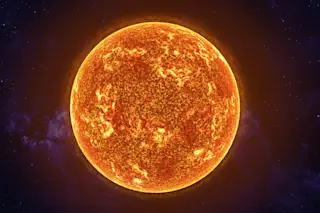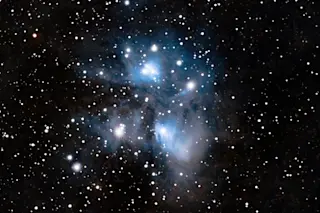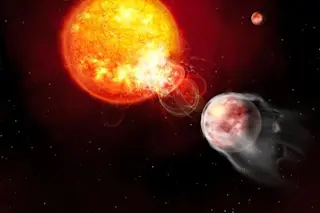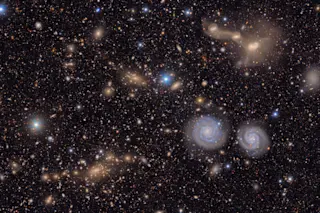It seems appropriate that research started at one university and finished at another describes the rare interactions of twin stars.
A graduate student, tantalized by mysterious radio pulses from the Milky Way, set her sights — and several telescopes — on finding the source of the strange signals. The bursts of sound were especially unusual because they would last from tens of minutes to hours. Radio pulsars, by comparison, produce much shorter signals — often mere seconds.
Multiple kinds of observations from a variety of instruments led groups to a rare phenomenon: a white dwarf tightly orbiting a red dwarf every 125 minutes. The stellar dancing duet can be located in the star system in the direction of the Great Bear, otherwise known as Ursa Major, according to two papers published in Nature Astronomy.
Read More: Stars Are Born and Die Every Day — Here’s How They Evolve in Space
...




